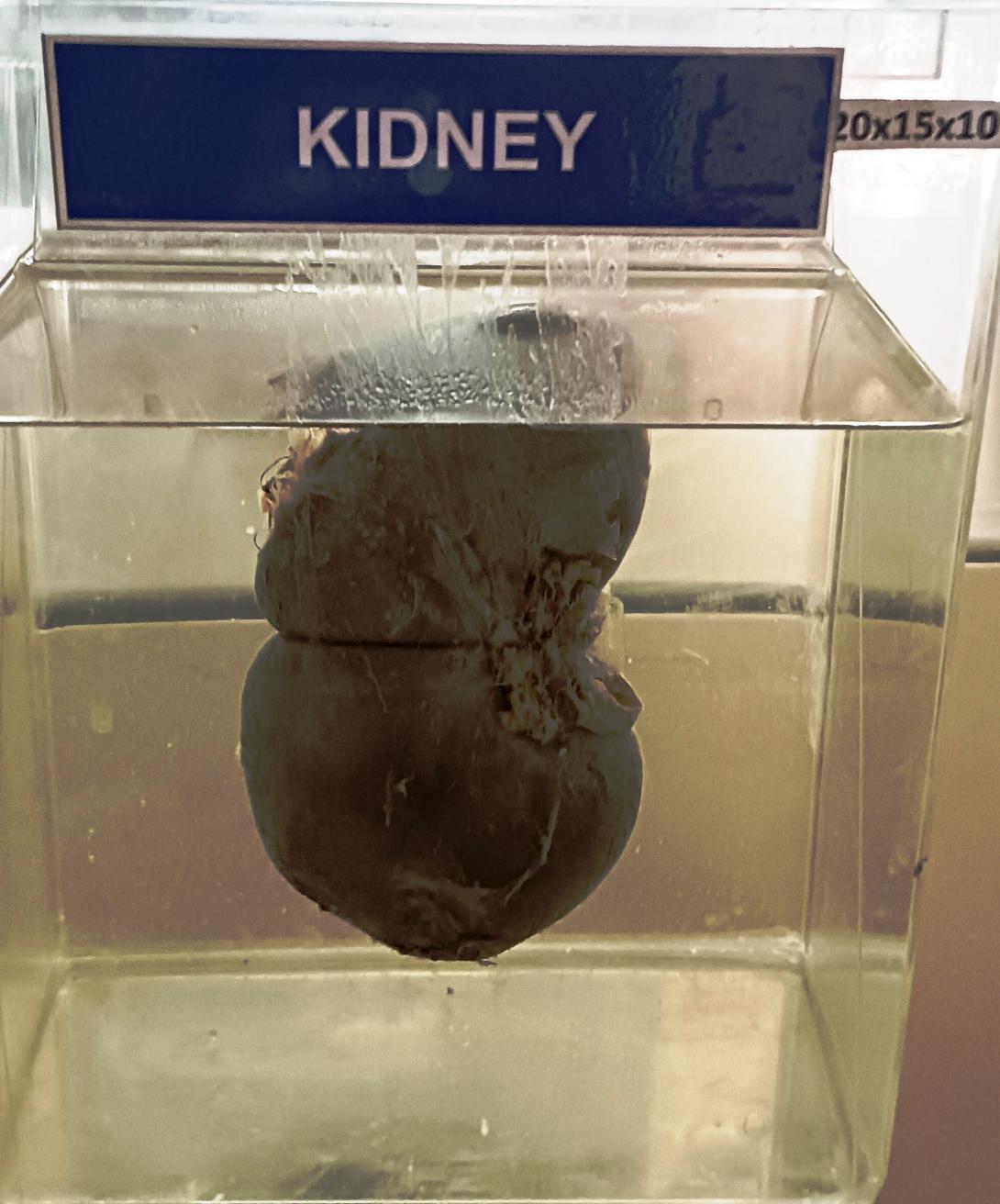- Size: The kidneys are approximately 11 cm long, 6 cm wide, and 3 cm thick. The left kidney is slightly larger than the right kidney.
- Shape: The kidneys are bean-shaped, with a concave medial border and a convex lateral border.
- Capsule: The kidneys are covered by a tough fibrous capsule that provides protection and support.
- Renal hilum: The renal hilum is the area on the medial side of each kidney where the renal artery, renal vein, and ureter enter and exit.
- Cortex: The renal cortex is the outer layer of the kidney, which contains the glomeruli and the proximal and distal tubules of the nephrons.
- Medulla: The renal medulla is the inner layer of the kidney, which contains the loops of Henle, the collecting ducts, and the renal pyramids.
- Renal pelvis: The renal pelvis is a funnel-shaped area at the center of the kidney where urine collects before it enters the ureter.
- Calyces: The calyces are cup-like structures that collect urine from the renal pyramids and drain it into the renal pelvis.
- Blood supply: The kidneys receive blood from the renal artery, which branches into smaller arteries and arterioles that supply the nephrons. Blood is drained from the kidneys by the renal vein.
- Ureters: The ureters are long, muscular tubes that carry urine from the kidneys to the bladder. They exit the kidney at the renal hilum.
Rack Number
Specimen Number
4

